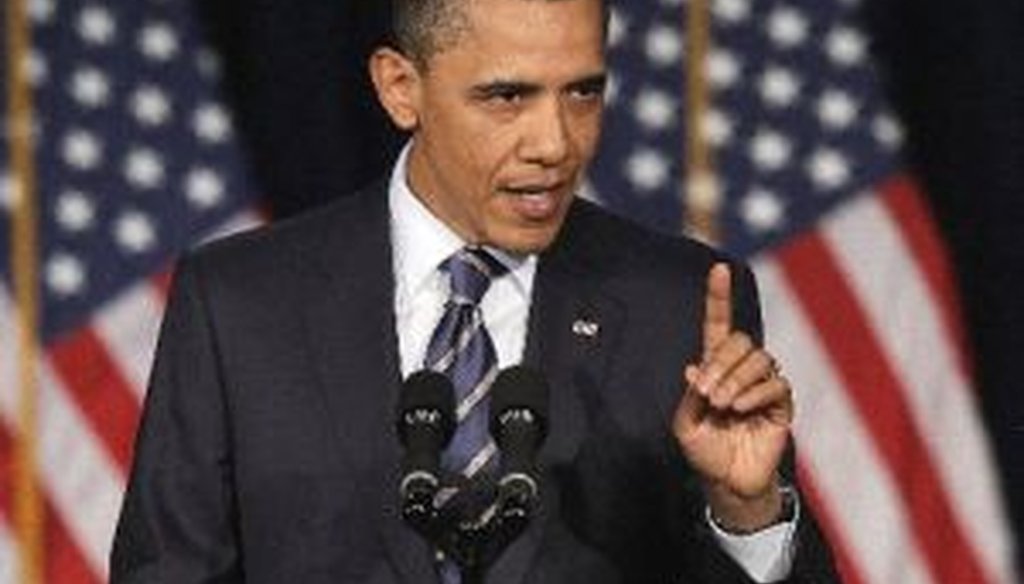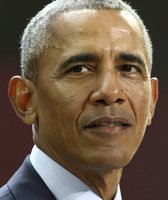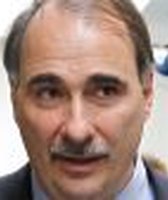Stand up for the facts!
Our only agenda is to publish the truth so you can be an informed participant in democracy.
We need your help.
I would like to contribute

President Barack Obama outlines his fiscal policy during an address at George Washington University in Washington.
In an April 13, 2011, speech at George Washington University, President Barack Obama laid out his vision for America's fiscal future and took shots at the alternative Republican plan presented by Rep. Paul Ryan, R-Wis.
Obama threw around a lot of numbers to make his case, and we jumped in to fact-check some of them.
We'll start with a striking statistic offered by the president about the future burden of interest on the national debt.
"By the end of this decade, the interest we owe on our debt could rise to nearly $1 trillion," Obama said.
We found Obama's number only gets close if you consider a "budget window" at the end of the 10 years ending in 2021. Using the figures for 2019 or 2020 as "the end of this decade" instead, Obama’s numbers are off by anywhere from 13 percent to 29 percent. Obama’s underlying point is still sound -- the United States will have hundreds of billions of dollars of debt on the books -- but we think the most obvious numbers fall short of "nearly $1 trillion." On balance, we rated the statement Half True.
Next, we looked at a remark the president made to back up his contention that politicians often focus their deficit-cutting rhetoric on hot-button programs that are just a small portion of the federal budget.
Politicians in both parties, Obama said, "suggest that we can somehow close our entire deficit by eliminating things like foreign aid, even though foreign aid makes up about 1% of our entire budget."
We checked his numbers and found that he was right. We rated the statement True.
During his speech, Obama made it clear that, although he agreed to an extension of the President George W. Bush tax cuts in a compromise deal at the end of 2010, he will resume his fight to end Bush's tax cuts for people making more than $250,000 a year.
Obama justified his position, in part, on the following statistic:
"In the last decade, the average income of the bottom 90 percent of all working Americans actually declined," Obama said. "The top 1 percent saw their income rise by an average of more than a quarter of a million dollars each."
This turns out to be a controversial statistic, and we found that it takes a careful selection of years and a number of assumptions about income for Obama's statistic to hold up. We rated the president's claim Half True.
Stay tuned to the site, as we will be posting more fact-checks of the president's speech soon.
Our Sources
See individual items.













































